How to Fix ‘Signed Out of Everything on Reboot’
You may keep signing out of everything if the browser of your system is not configured properly. Moreover, the older system tasks stuck in the Task Scheduler may also cause the error under discussion.
The user encounters the issue when he reboots or cold starts his system but upon startup, the user is signed out of all (or some) the applications (Skype, Zoom, etc.) or websites (Gmail, YouTube, Hotmail, etc.) in the browsers.
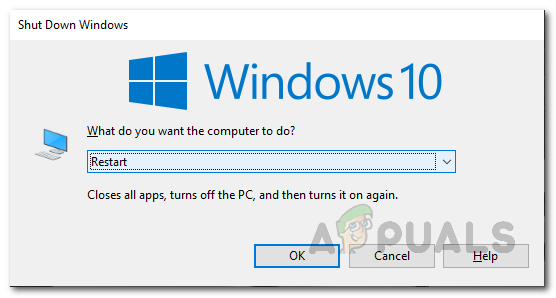
Before moving on with the solutions, make sure the Windows of your system is up-to-date. Moreover, check if signing-in to Microsoft Edge solves the issue. Also, check if disabling the antivirus or VPN protection solves the issue. You can also scan your system with the antivirus in safe mode.
If the issue is happening with a particular browser, then try to clear out the cache/cookies of the browser. Additionally, if the issue is reported on while accessing NAS, then check if accessing the NAS through its IP address solves the issue. Moreover, if you are encountering an issue with a mail application (like Outlook), then check if removing the test account solves the issue.
Solution 1: Change the Browser Settings
You may encounter the error under discussion if certain browser settings are not configured properly (e.g. if “Clear Cookies and Site Data When I Quit the browser” is enabled). In this scenario, configuring the browser settings properly may solve the problem. For illustration, we will guide you through the process of the Chrome browser.
- Launch the Chrome browser and open its menu (by clicking on the three-vertical ellipsis).
- Now, choose Settings, and then in the left half of the window, select Privacy and Security.
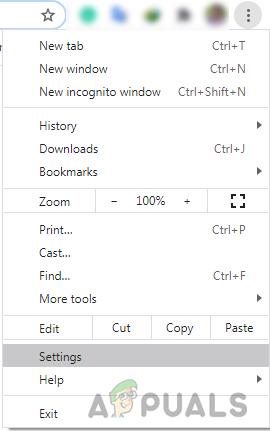
Select “Settings” in Chrome - Then, open Cookies and Other Site Data and disable the option of Clear Cookies and Site Data When You Quit Chrome.
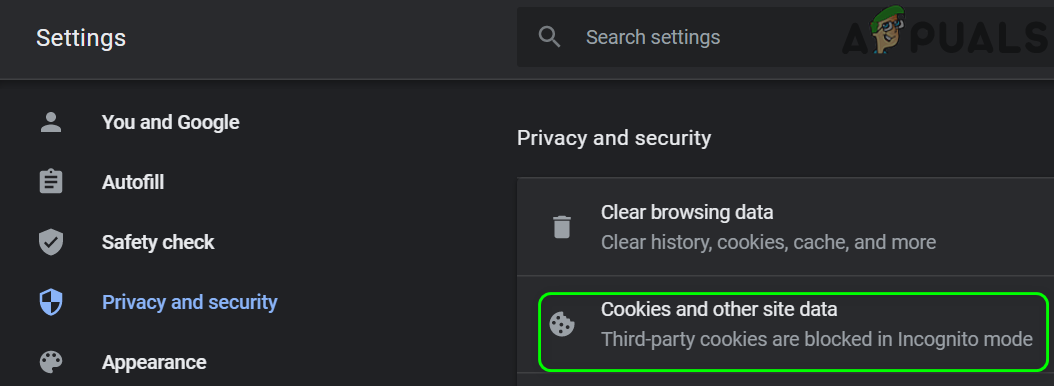
Open Cookies and Other Site Data Settings Under Privacy and Security - Now, relaunch Chrome and then check if the signing out issue is resolved.
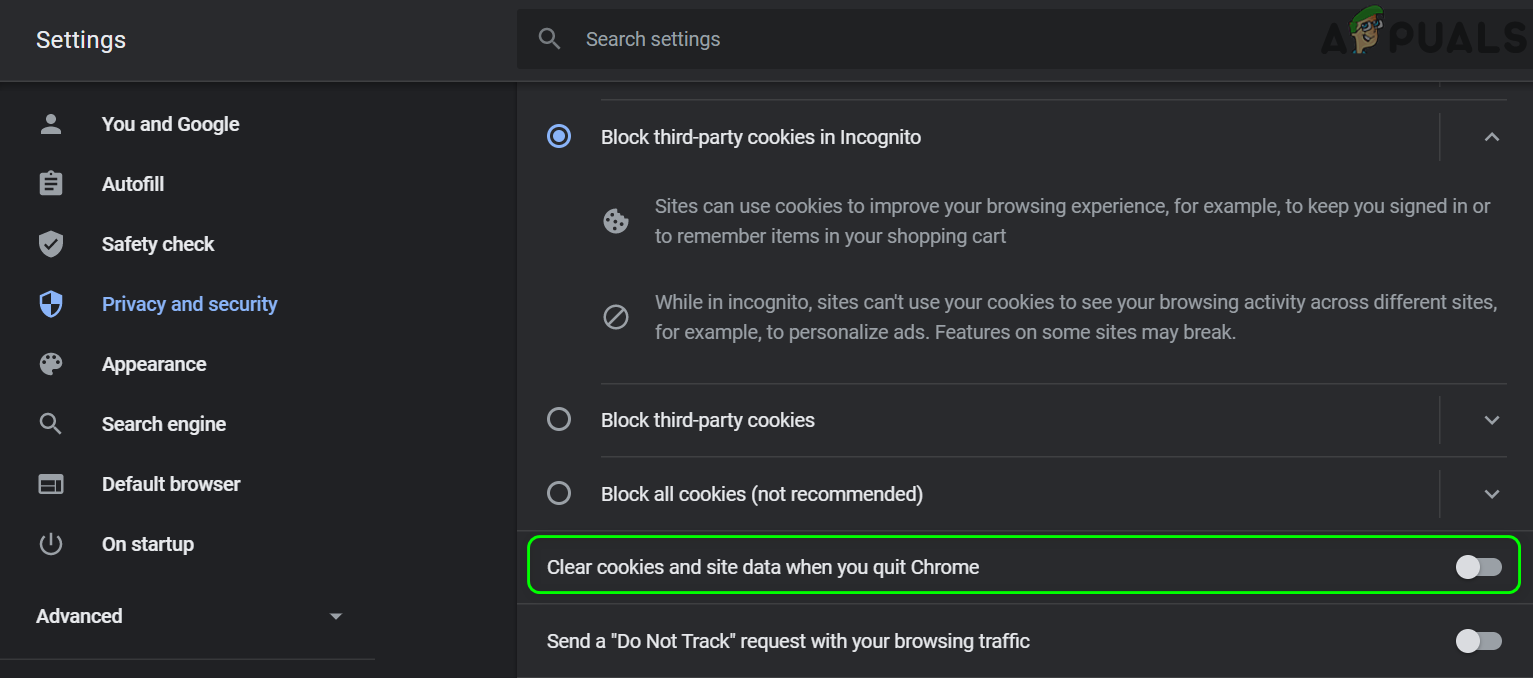
Disable Clear Cookies and Site Data When You Quit Chrome - If not, click on your profile picture or user icon near the top right of the window (near the three-vertical ellipsis), and in the menu shown, select Manage Your Google Account.
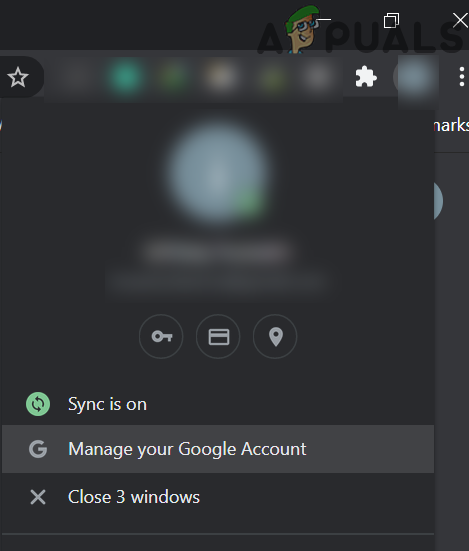
Manage Your Google Account - Then, in the left half of the window, open Data and Personalization.
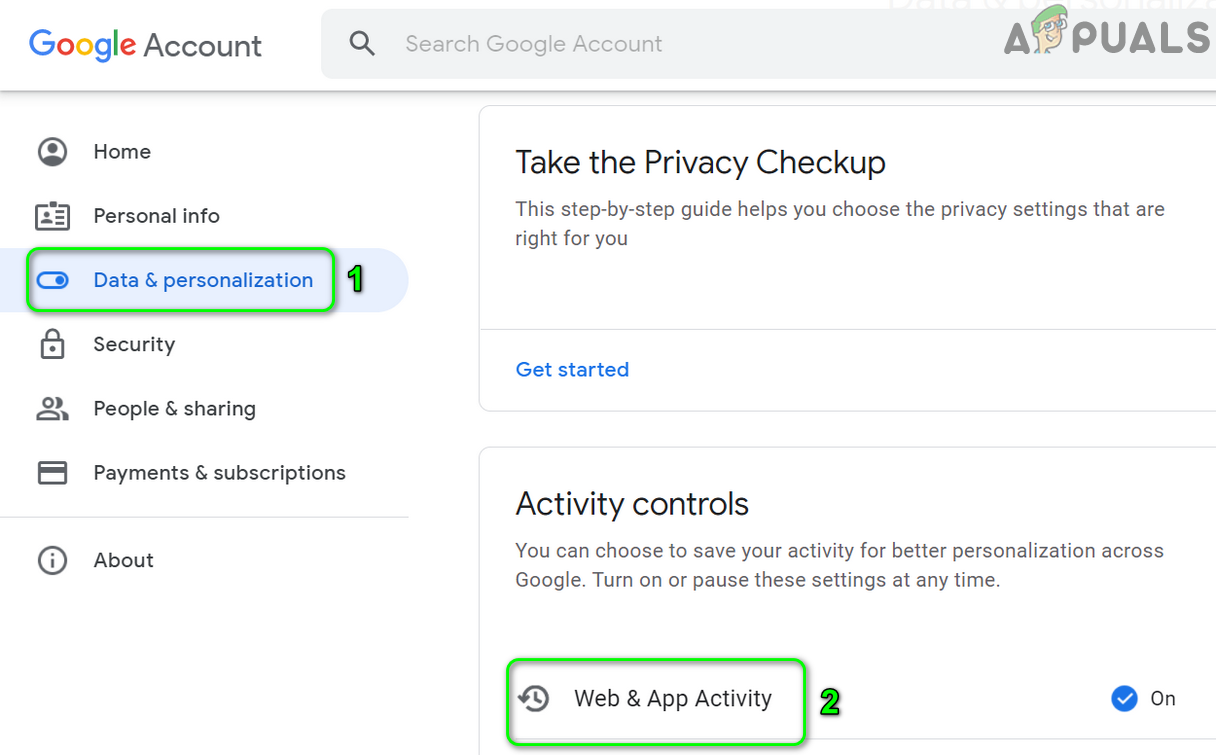
Open Web & App Activity Settings in the Google Account Settings - Now click on Web & App Activity and then enable the option of “Include Chrome history and activity from sites, apps, and devices that use Google services”.
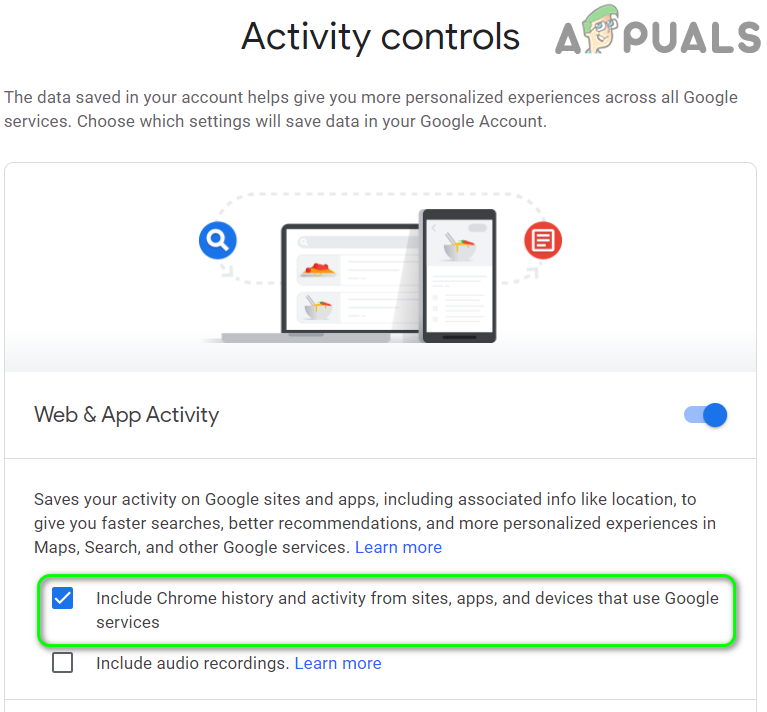
Enable the option of Include Chrome history and activity from sites, apps, and devices that use Google services - Then, relaunch the Chrome browser and check if the signing-out issue is resolved.
- If not, then open Chrome’s Settings (steps 1 to 2), and in the left pane of the Settings window, expand Advanced.
- Now, select Reset and Clean Up and then click on the option of Restore Settings to Their Original Defaults.
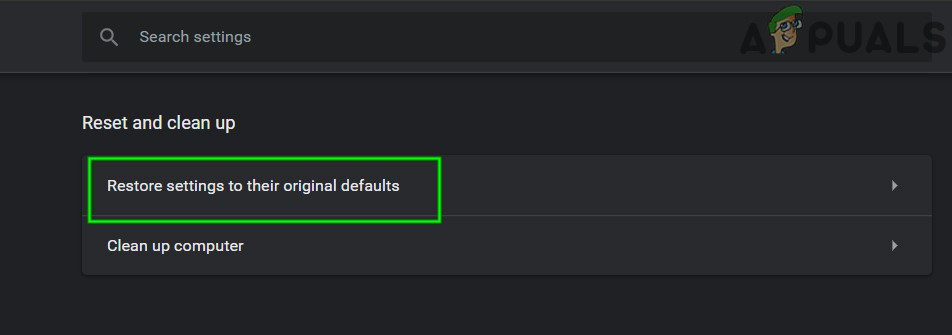
Restore Settings to Their Original Defaults - Then confirm to reset the Settings and relaunch Chrome.
- Upon relaunch, check if the signing out issue is resolved.
- If not, then try to reinstall the Chrome browser but clear out the following Chrome directories after uninstalling Chrome:
%localappdata%\Google\Chrome\User Data\Default
- If the issue persists, then check if installing another browser solves the issue.
Solution 2: Uninstall The Conflicting Applications
You may encounter the error under discussion if some applications are erasing the login information/data or keep the S4U tokens busy. In this context, removing the conflicting applications may solve the issue. For illustration, we will discuss the process for MSI Dragon Center (reported to create the issue).
- Press the Windows logo key to open the Windows menu and then click on the Gear icon to open Settings.

Opening Windows Settings - Then open Apps and expand MSI Dragon Center.
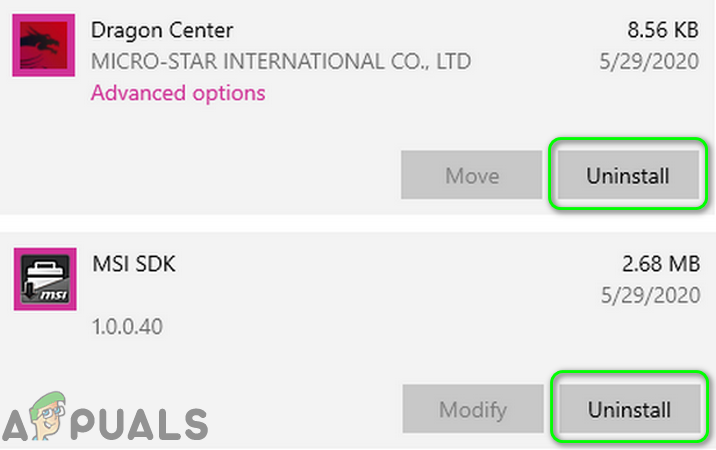
Uninstall MSI Dragon Center and MSI SDK - Now click on Uninstall and then confirm to uninstall the Dragon Center.
- Then reboot your PC and upon reboot, check if the system is clear of the signing-out error.
Solution 3: Change the System’s Sign-in Options
Your system may sign you out of applications and websites if the Sign-in Options of your system are not configured properly. In this context, properly configuring the Sign-in Options of your system may solve the problem.
- Launch the Window menu (by pressing the Windows logo key) and select the Settings/Gear icon.
- Now, open Accounts, and then, in the left portion of the window, select Sign-in Options.
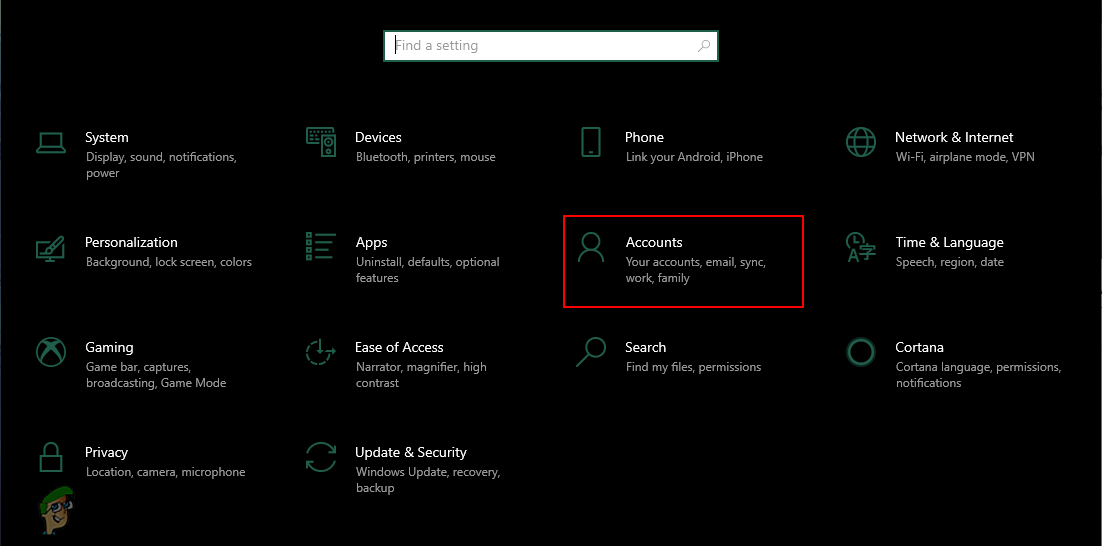
Opening Accounts Settings - Then, in the right portion of the window, expand the dropdown of Require Sign-in and select Never.
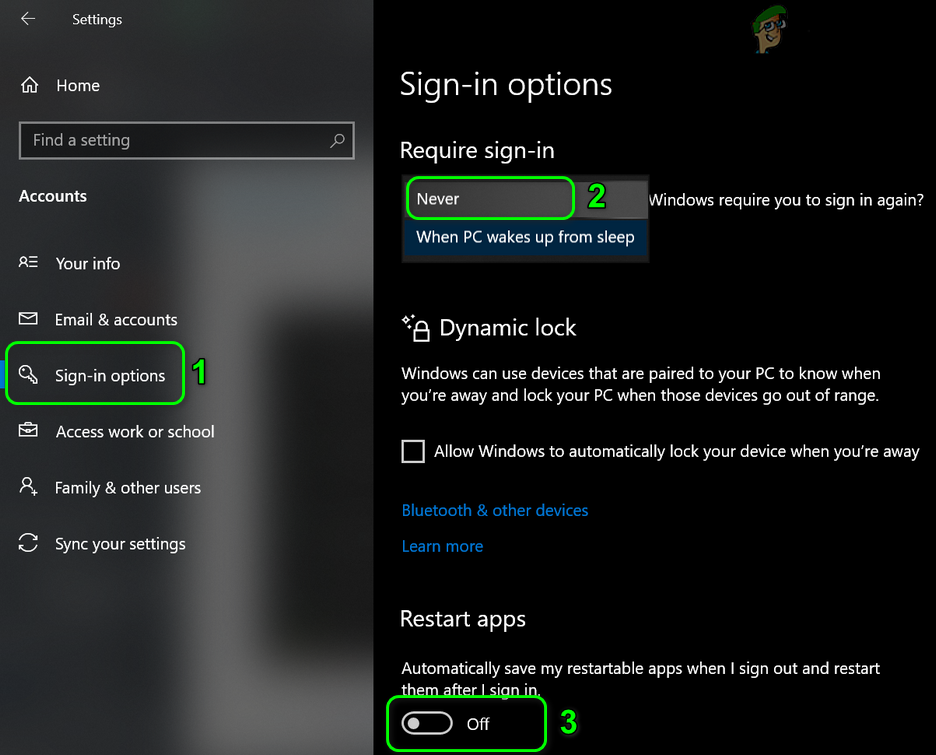
Change Require Sign-in to Never and Enable Restart Apps - Now, enable the option of Restart Apps and also enable both options under Privacy.
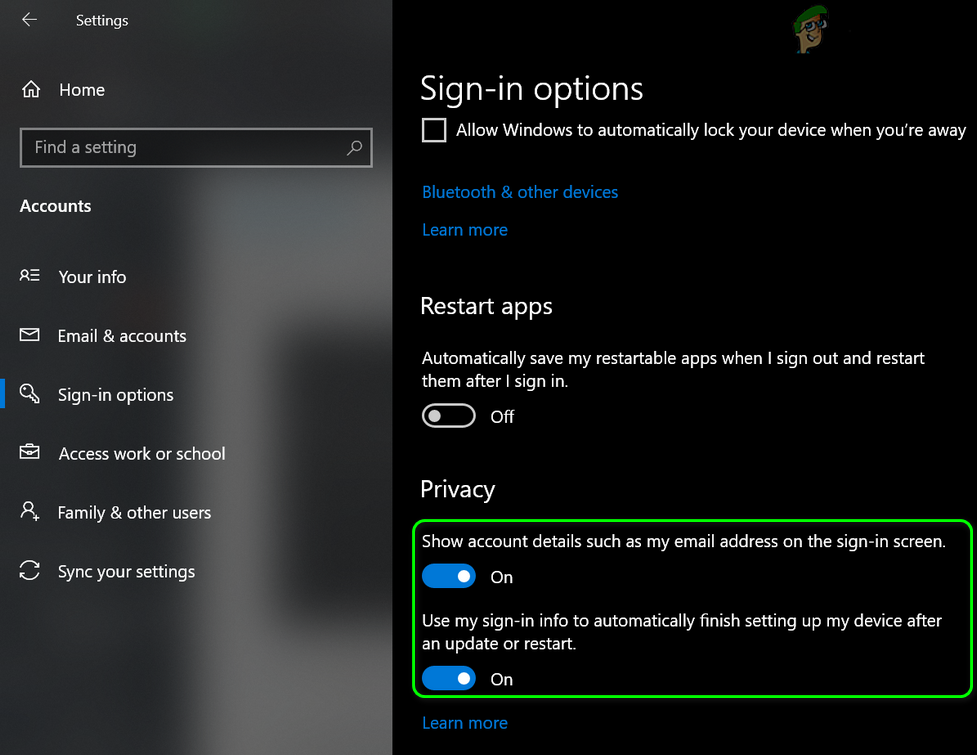
Enable the Both Options in the Privacy Section of Sign-in Options - Then, reboot your machine and upon reboot, check if the system is clear of the signing-out error.
- If not, then check if disabling the PIN sign-in option solves the issue.
- If not, launch the Windows Menu (by clicking on the Windows button) and search for Control Panel. Then, in the search results, select Control Panel.
- Now, open User Accounts and click on Credentials Manager.
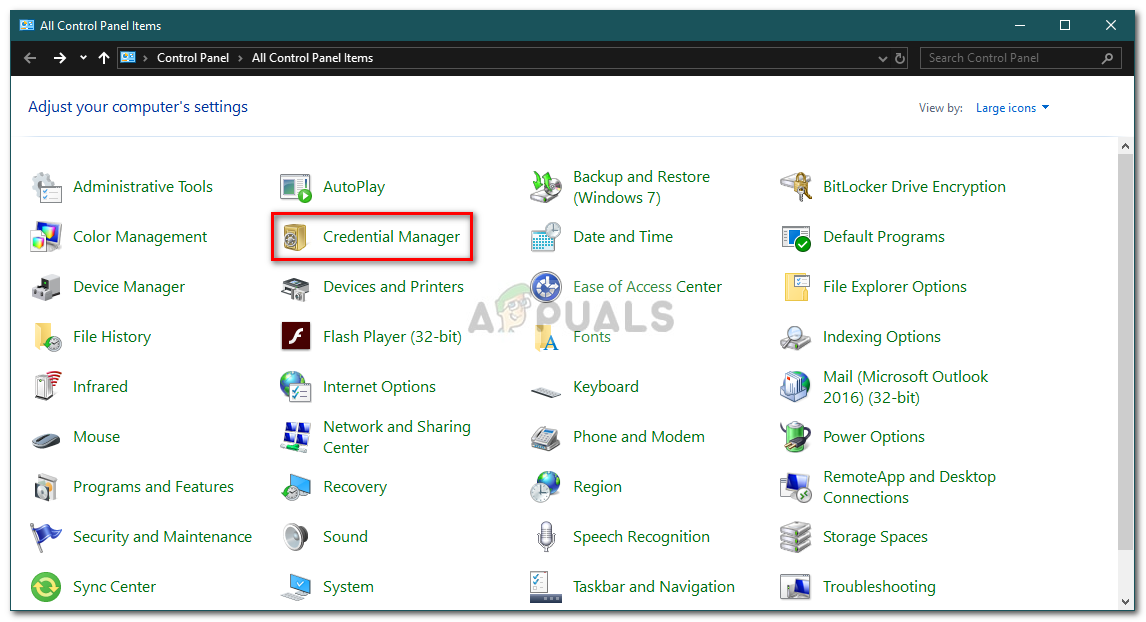
Open Credentials Manager - Then expand the credentials one by one and click on Remove (in both tabs i.e. Web Credentials and Web Credentials) whether, Windows, Certificate-based, Generic Credentials, or web passwords.
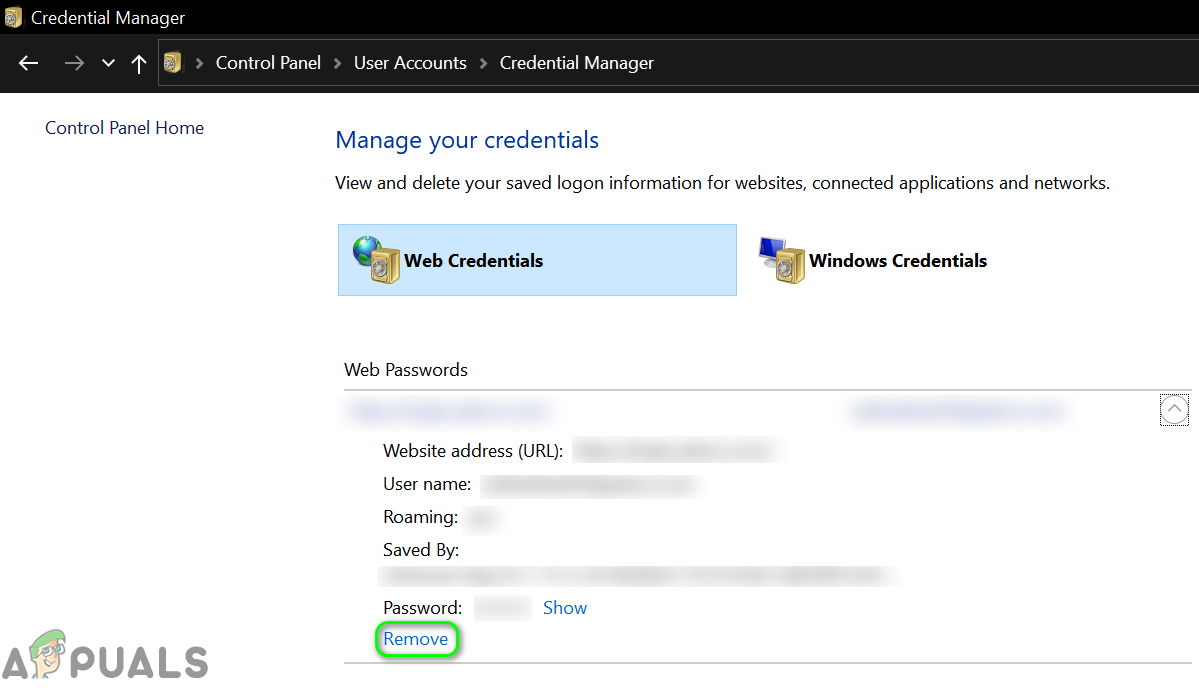
Remove the Credentials from Credentials Manager - Now, reboot your machine and upon reboot, check if the PC is operating fine.
- If not, open the Run command box (by simultaneously pressing Windows + R keys) and execute the following:
%ProgramData%
- Now open the Microsoft folder and then delete the Vault folder there (the folder will be recreated on the next system startup).
- Then reboot your PC and upon reboot, check if the signing-out issue is resolved.
Solution 4: Delete the Protect Folder in the AppData Folder
You may encounter the issue under discussion if the Protect folder in the AppData folder is corrupt. In this case, deleting the Protect Folder (the folder will be recreated on the next system launch) will solve the problem.
- Click on the Windows button to launch Windows Menu and search for Services. Now, right-click on Services (in the results shown) and select Run as Administrator.
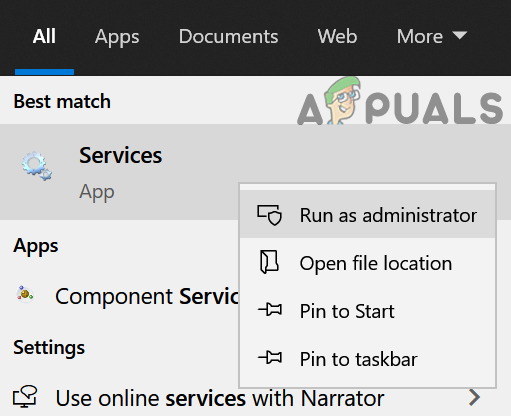
Open Services as Administrator - Now, right-click on the Credential Manager service and choose Properties.
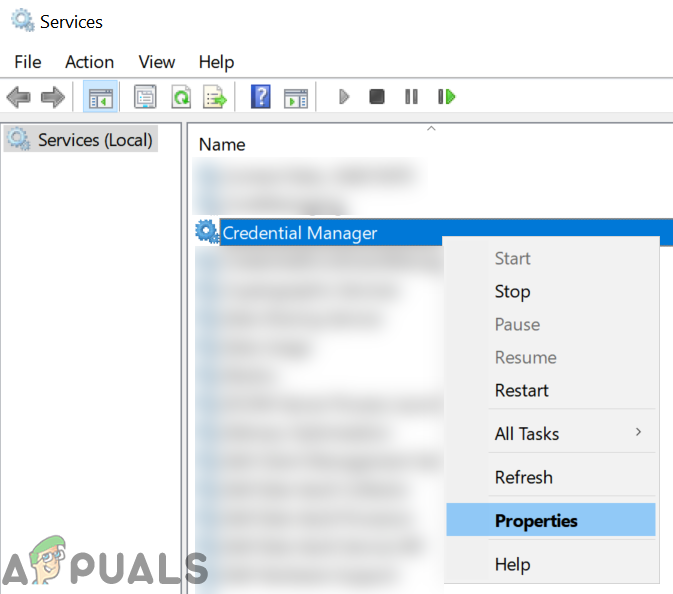
Open Properties of Credential Manager Service - Then, expand the Start Up type drop-down and choose Automatic.
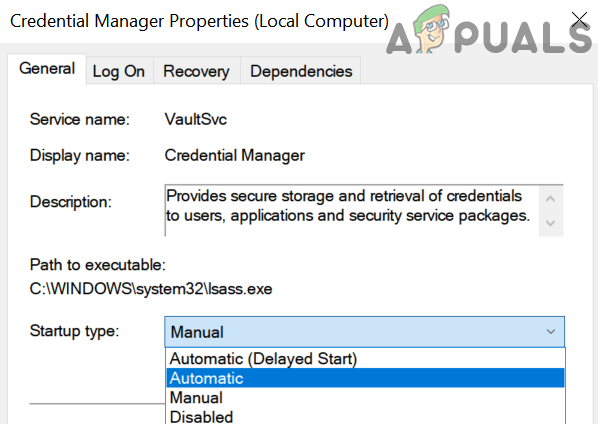
Change Startup Type of Credential Manager Service to Automatic - Now, click on Apply/OK buttons and restart your system.
- Upon restart, check if the signing out problem is solved.
- If not, open the Run Command box (by pressing the Windows + R keys) and execute the following:
%appdata%
- Now, open the Microsoft folder and open the Protect folder.
- Then delete all the folders there and reboot your system.
- Upon reboot, check if the system is clear of the signing-out error.
- If not, then check if deleting the protect folder itself solves the issue.
- If not, back up the system registry. Now launch the Windows menu (by clicking on the Windows button) and search for Registry Editor. Then, right-click on Registry Editor (in the list of results) and choose Run as Administrator.
- Now, navigate to the following:
Computer\HKEY_LOCAL_MACHINE\SOFTWARE\Microsoft\Cryptography\Protect\Providers\df9d8cd0-1501-11d1-8c7a-00c04fc297eb
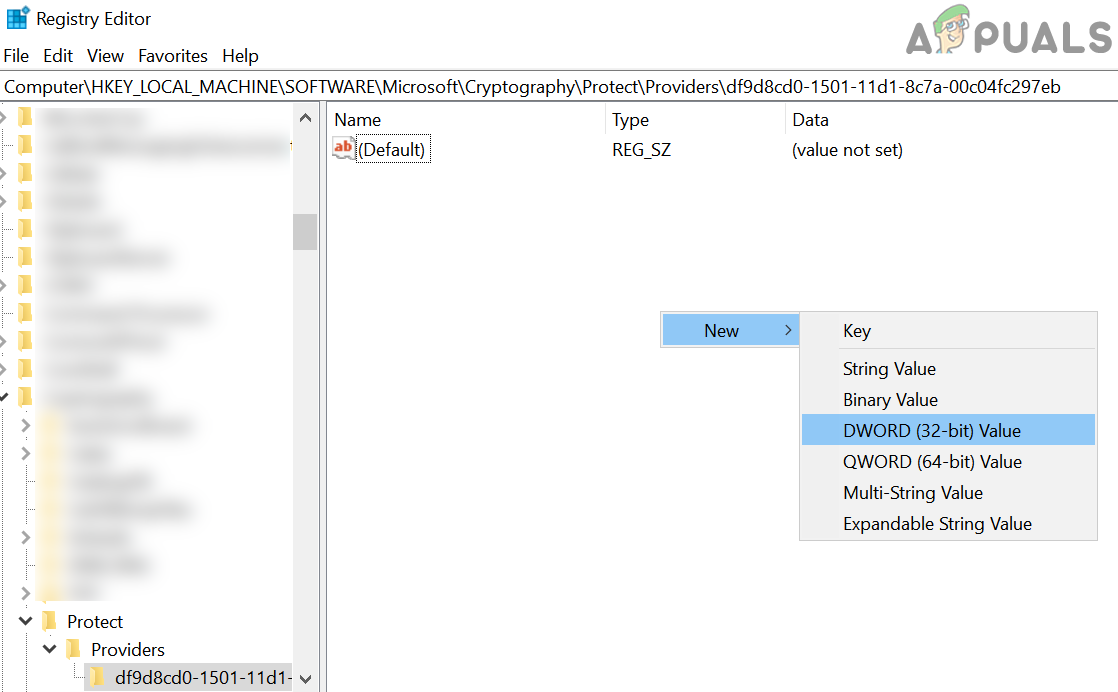
Add a New ProtectionPolicy Key to Registry - Then, in the right pane of the window, right-click in the empty white area and click on New.
- Now, in the menu shown, select DWORD (32-bit) Value and name it as ProtectionPolicy.
- Then, double click it to change its value to 1 and exit the Registry Editor.
- Now reboot your PC and upon reboot, check if the system is operating fine.
Solution 5: Edit the Tasks in the Task Scheduler
Your system may automatically sign you out of the websites or applications if a task in the Task Scheduler is clearing out all the logins. In this case, clearing out the problematic task (which is using S4U, the user token) from the Task scheduler may solve the problem.
- Open the Windows menu (by pressing the Windows logo key) and search for Task Scheduler. Then, in the results, choose Task Scheduler.
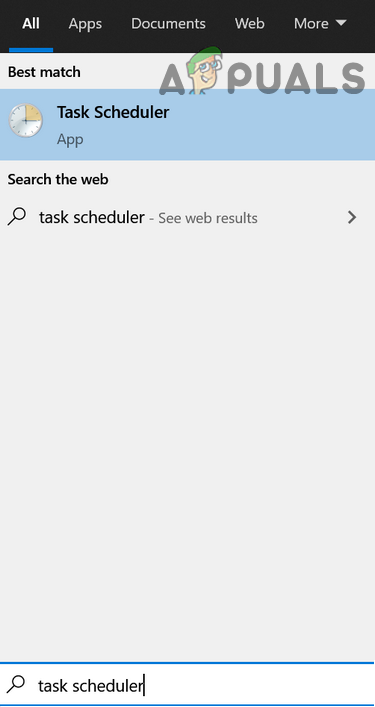
Open the Task Scheduler - Now, in the left portion of the window, select the Task Scheduler Library and find the problematic task ((HP Customer Participation, Carbonite, and HP Driver Task are known to create the issue).
- Now, double click on the problematic Task and then, in the General tab, check the option of “Do Not Store Password. The task will only have access to local computer resources” under “Run Whether User is Logged on or Not” (if the said option is already checked, then uncheck it) and then reboot your machine.

Enable Do Not Store Password Option - Upon reboot, check if the system’s auto sign-out issue is resolved.
- If not, open the Task Scheduler and double click on the problematic Task and then, in the General tab (steps 1 to 3), enable the option of Run Only When User is Logged On (under Security Options).

Enable the option of Run Only When User is Logged On - Then reboot your system and upon reboot, check if the sign-out issue is resolved.
- If not, open the Task Scheduler again and right-click on the problematic task (steps 1 to 2).
- Then select Disable and reboot your PC.
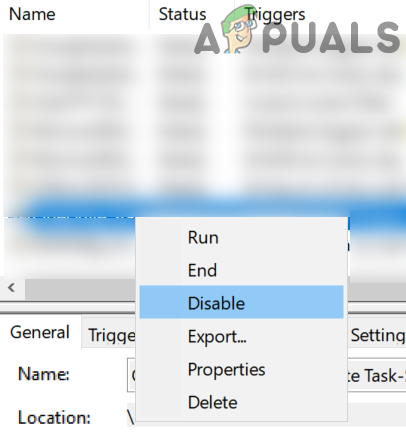
Disable the Problematic Task - Upon reboot, check if the sign-out issue is resolved.
- If it still didn’t, press the Windows Logo key to launch the Windows Menu and search for Command Prompt. Then, in the list of results, right-click on the Command Prompt and select Run as Administrator.
- Now, execute the following to find out the task triggering the use of S4U:
Get-ScheduledTask | foreach { If (([xml](Export-ScheduledTask -TaskName $_.TaskName -TaskPath $_.TaskPath)).GetElementsByTagName("LogonType").'#text' -eq "S4U") { $_.TaskName } }
Run the Command to Find Out the Problematic Tasks - Then note down the names of the tasks creating the issue and then repeat steps 1 to 10 to resolve the problem.
Solution 6: Try with Another Windows User Account
You may encounter the error at hand if the user profile of your system is corrupt. In this case, either creating or switching to another user account may solve the problem. But before switching the accounts, let us try if disabling the Shared Experience solves the issue.
- Click on the Windows button to launch the Windows Menu and select the Settings/Gear icon.
- Now open System and then select the Shared Experience (in the left half of the screen, you may have to scroll a bit).
- Now, disable the option of Share Across Devices and restart your system.
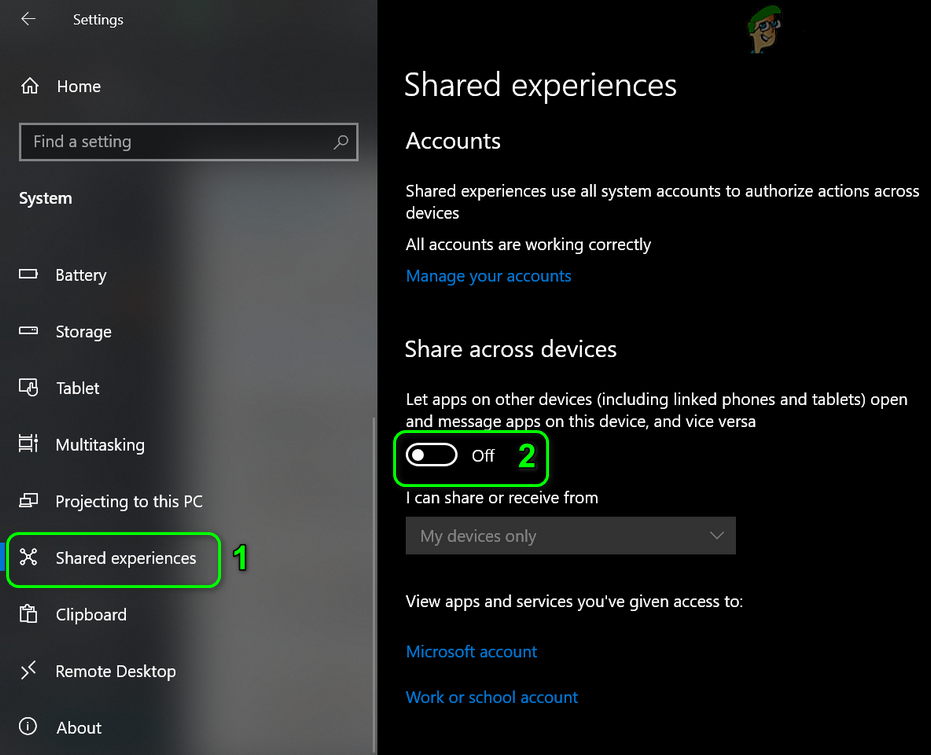
Disable Share Across Devices - Upon restart, check if the signing-out issue is resolved.
- If not, open the system’s Settings (step 1) and then open Accounts.
- Now, On the “Your Info” screen, check if there is an option to verify your identity. If so, then click on it and follow the on-screen instructions to verify your identity.
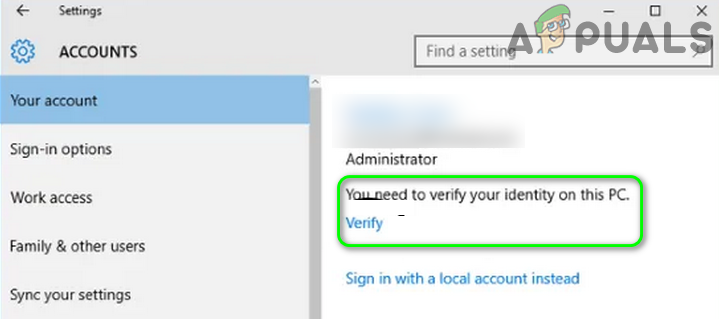
Verify Your Identity in Windows 10 Settings - Now reboot your machine and upon reboot, check if the signing-out issue is resolved.
- If not and you are using a Microsoft account, then try to remove it and switch to a local account (Create another local user account) to check if that was causing the issue. If you are already using a local account, then check if switching to a Microsoft account solves the issue.
If the issue is still not resolved, check if reverting to an older version of Windows or uninstalling the latest buggy update solves the issue. If the issue is still there, then check if using SFC and DISM (Dism /Online /Cleanup-Image /RestoreHealth) Commands solves the issue. If the issue is still there, then either perform a system restore or an in-place upgrade of Windows. If the issue persists, then you may have to Reset the PC or perform a clean installation of Windows (if you are using UEFI mode, then you must disable Safe Boot to get rid of the signing out issue).




